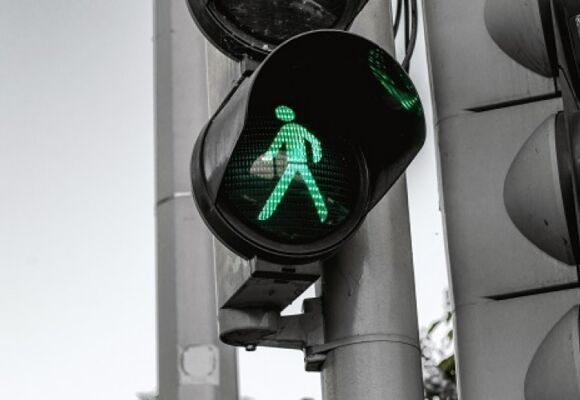It is sometimes the case that properties that are privately owned have pathways or routes that are available for the public to use. This is commonplace in rural areas, farming land, for example. For many of these landowners, this has always been an inconvenience, often due to members of the public disturbing animals or some crops, but the recent COVID-19 pandemic has pushed this issue more to the forefront.
With additional rules about social distancing, a more general awareness of hygiene and health and safety, and an increase in the number of people going for local walks, especially during the COVID-19 lockdown, landowners have become far more aware of the public using pathways through the property.
It is important for landowners to be aware that although they have rights as a landowner, the public also have rights, and there are rules that landowners (and the public) must follow in this regard.
Some landowners have been reported to have blocked public footpaths or diverted them onto other routes due to their own concerns generally and more specifically relating to social distancing and the accumulation of larger groups. This does not mean, however, that these are not also legitimate concerns when there is no pandemic going on.
It is important, therefore, for landowners to be able to understand the law in relation to their rights and responsibilities as those who own land which also has a public right of way on it.
The Countryside and Rights of Way Act 2000
The Countryside and Rights of Way Act 2000 is the law that stipulates your rights and responsibilities as a landowner with a public right of way. The law says that if you wish to alter the public right of way you need to undertake a legal process and seek a Diversion Order or an Extinguishment Order from your local authority.
According to the Countryside and Rights of Way Act, it is an offence to obstruct a bridleway or footpath, and this offence can result in a fine of up to £1000. On top of this, you can also be charged up to £5000 for failing to comply with a court order, and any further non-compliance can result in a fine of £250 per day.
It is uncommon for courts to have much sympathy for private landowners who obstruct public footpaths or bridleways, and it is not recommended that you do this without the Diversion Order or Extinguishment Order first.
It goes without saying that if you have a public right of way on your land, you must, by law, ensure that there are no obstructions – whether intended or not. This includes ensuring that undergrowth, plants, and hedges are cut back to enable the public to pass. You must also ensure that stiles or gates are kept properly, safe, and easy to use. There can be some financial support available for you for this.
If you have concerns relating to a public footpath
If you have concerns over the public footpath or bridleway that is on your land and cannot get a Diversion Order or Extinguishment Order, and especially if you are concerned about social distancing or other health and safety issues relating to the COVID-19 pandemic, you do have some options.
Although you may not be able to force people from using particular footpaths or bridleways, you do have the right to encourage them to use an alternative route or put measures in place to help you to feel safer on your own land. Some ideas that you can incorporate include:
Leave gates open
If it works for you (i.e., you have no animals that need to be kept in or security issues) consider leaving gates tied open. This would mean that the public does not need to touch them as they go in and help, helping to reduce the risk of the spread of COVID-19.
Offer an alternative route
Although you cannot legally obstruct the official footpath or bridleway, you could offer an alternative route for the general public that takes them away from areas that you would prefer to be avoided. It could be that you use the land regularly, want to protect the land, or perhaps would rather that the public walked further away from the buildings or specific areas on your land.
Displaying a notice
Although you cannot display a notice telling people that they are not allowed to enter your land, you are allowed to display a polite notice requesting that they follow social distancing guidelines, avoid certain areas or routes, or avoid pausing in specific areas on your land.
Contact Waldrons solicitors
Here at Waldrons our team of expert solicitors are on hand to speak to you, get in touch today!
Last reviewed on 11/07/23 by Abigail Gray who is an Associate Solicitor
